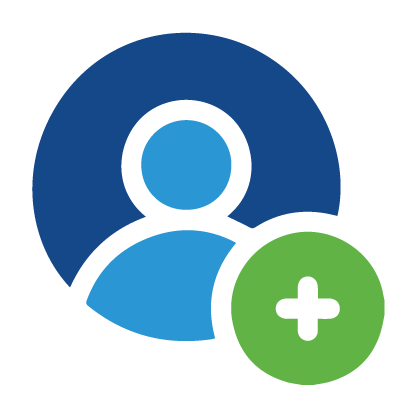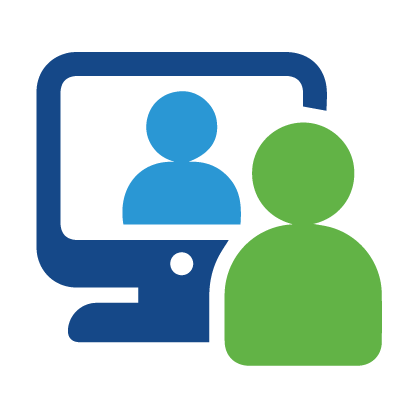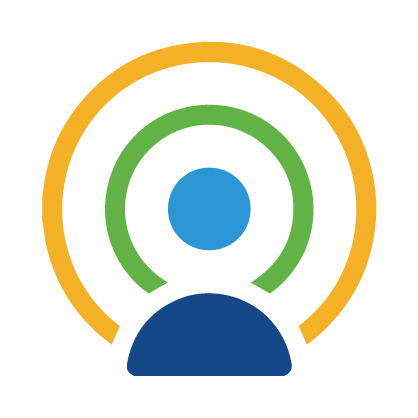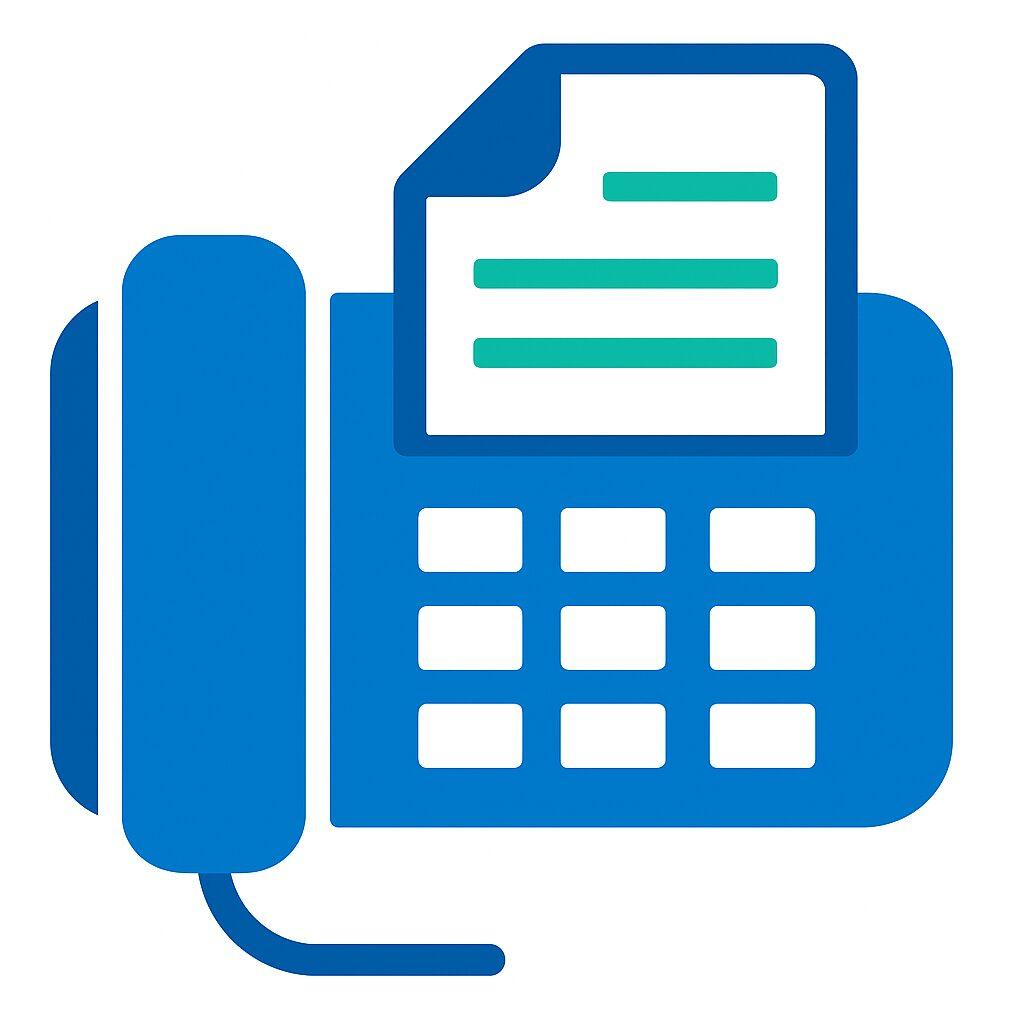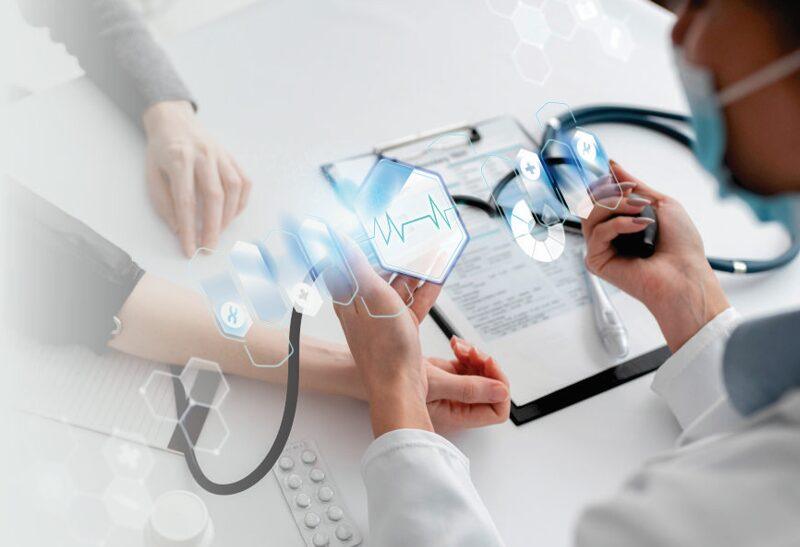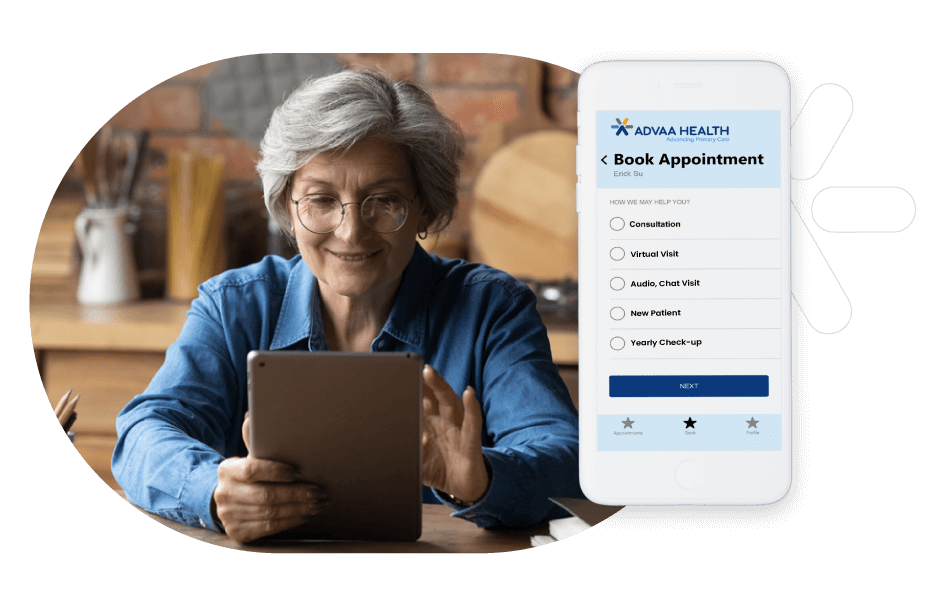In today’s busy U.S. primary-care environment, physicians are managing rising chronic-disease burdens, patient-engagement challenges, workflow stress, and value-based-care demands. Remote patient monitoring (RPM) solutions let practices track patients beyond the office, intervene earlier, and improve outcomes — all while supporting efficiency and revenue. To understand the fundamentals and practical role of RPM in primary care, check out What is Remote Patient Monitoring (RPM) and Its Role in Primary Care.
Top Benefits of Remote Patient Monitoring
1. Improve Chronic Disease Management
Key takeaway: Leveraging an RPM system helps track vitals continuously, enabling earlier intervention and better outcomes for chronic-disease patients.
- Continuous tracking of vitals and symptoms
With RPM, clinicians receive frequent readings of blood pressure, glucose, weight, oxygen saturation, etc., from home to practice — giving visibility outside episodic visits
- Early intervention & reduced hospital readmissions
A systematic review shows RPM interventions reduce hospital-admissions/readmissions and outpatient visits
- Better long-term outcomes for hypertension, diabetes, and heart disease patients
The American Heart Association recommends remote monitoring of vital signs for hypertension in primary care settings.
2. Increase Patient Engagement and Adherence
Key takeaway: RPM platforms empower patients with real-time feedback and enable care teams to reinforce healthy behaviour and adherence.
- Empowering patients with real-time health data
When patients see their own vitals and know the clinician is reviewing them via RPM, they become more accountable and engaged in their care.
- Personalised alerts and follow-ups via RPM platforms
Effective RPM systems include alerting mechanisms and automated follow-ups when readings deviate from expected patterns — aiding medication adherence and lifestyle change.
- Enhanced communication between patients and care teams
RPM services create new touch-points (remote messaging, portals, patient apps) that build stronger patient–provider relationships, support self-management, and sustain engagement.
3. Reduce Office Visits and Physician Burnout
Key takeaway: An RPM system enables stable chronic-care patients to be monitored remotely so PCPs can focus on higher-risk cases—improving workflows and reducing burnout.
- Virtual monitoring for stable chronic patients
Shifting routine monitoring out of the office frees up in-person slots for complex care and reduces low-value visits.
- Streamlined workflows via RPM software integration
Integration of RPM software with EHRs and workflows means data flows into dashboards, alerts are triaged, and documentation burden is reduced — helping ease clinician load.
- Improved work-life balance and patient-load management
Fewer unnecessary visits, better prioritisation of high-risk patients, and stronger remote monitoring translate into better load distribution for PCPs and reduced risk of burnout.
4 Enhance Revenue Through Reimbursable RPM Services
Key takeaway: RPM platforms support new revenue streams via U.S. Medicare/insurer reimbursement—without simply adding face-to-face volume.
- Understanding CMS reimbursement codes (99453, 99454, 99457, 99458)
RPM services are reimbursable under specific CPT codes for device setup, data transmission, interaction, and monitoring.
- How RPM platforms simplify billing and documentation
Good RPM software tracks device setup, data collected, communications—all critical for compliance and accurate billing.
- Boosting practice revenue without adding patient-volume
Because RPM services can be billed separately and scaled across a patient panel, practices can generate additional revenue while improving care. A recent U.S. study found practices adopting RPM saw ~20% increase in Medicare revenue over two years compared with non-RPM practices.
5 Align with Value-Based Care Initiatives
Key takeaway: RPM solutions help your practice meet quality metrics, support population health goals, and strengthen value-based-care participation.
- Meeting quality metrics and reducing total cost of care
RPM platforms help track key outcomes (e.g., BP control, readmission avoidance), central to value-based-care models.
- Supporting population health and care coordination
By managing cohorts via an RPM system, practices can stratify patients, intervene proactively, and coordinate care across settings—key for population health programs and ACOs.
- Strengthening payer relationships through proven outcomes
Demonstrated improvements via RPM services build credibility with payers and contracting entities, enhancing negotiation leverage and partnership potential.
6 Leverage Data for Better Clinical Decisions
Key takeaway: An RPM platform provides continuous, actionable patient data that enables smarter, proactive decision-making in primary care.
- Actionable insights from real-time RPM dashboards
RPM platforms provide trend data and alert views, allowing PCPs to monitor trajectories rather than single snapshots — making care decisions more informed.
- Predictive analytics for risk stratification
Some RPM solutions incorporate predictive models to identify patients at risk of deterioration, enabling intervention before crisis.
- Integrating RPM data into EHRs for comprehensive care
When the RPM system integrates with the EHR, RPM data becomes part of the care record — so treatment plans, documentation, and coordination reflect the full picture.
Conclusion
The future of primary care is remote and data-driven
For PCPs managing more patients with fewer visits — while needing better outcomes and stronger reimbursement — a well-implemented RPM platform is a strategic asset. It supports chronic-disease control, patient engagement, efficient workflows, revenue growth, value-based care, and data-driven decisions.
How to get started with RPM software
- Evaluate RPM platforms that integrate seamlessly with your practice’s EHR.
- Show the ROI: start with a high-impact patient cohort (e.g., uncontrolled hypertension or heart failure).
- Ensure you meet reimbursement requirements: device days, CPT codes 99453/99454/99457/99458.
- Start small, measure outcomes, then scale up.
Book a personalized demo today to see how RPM can transform your practice, improve patient outcomes, and streamline your workflow.

